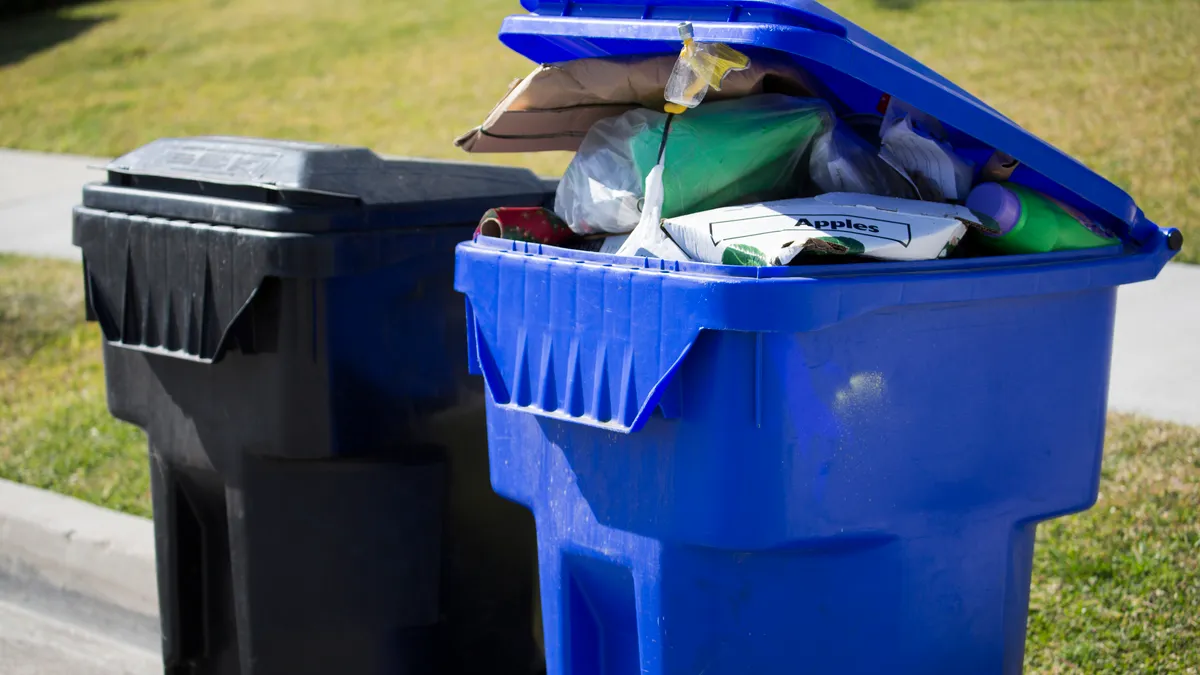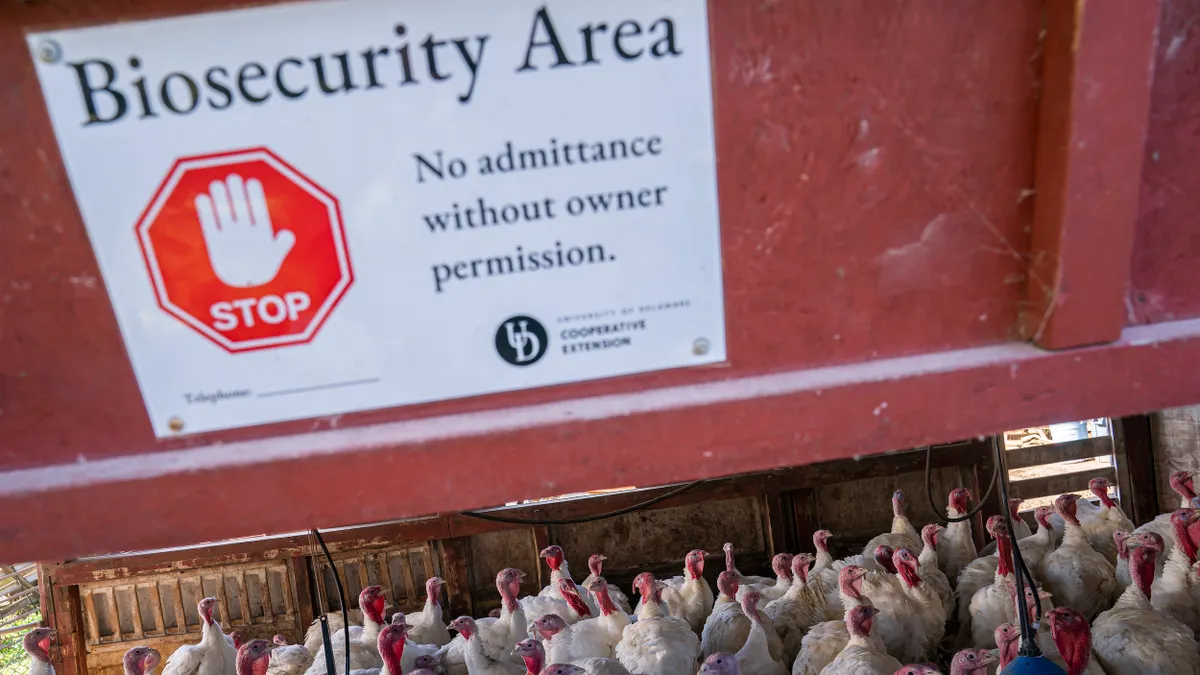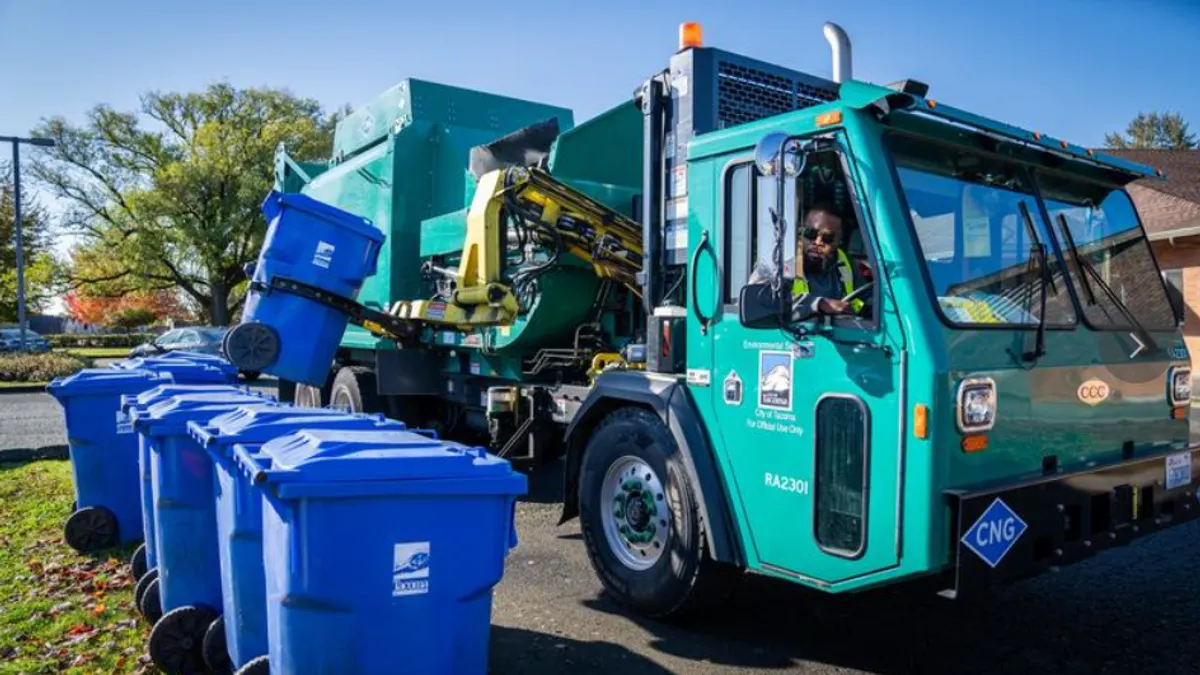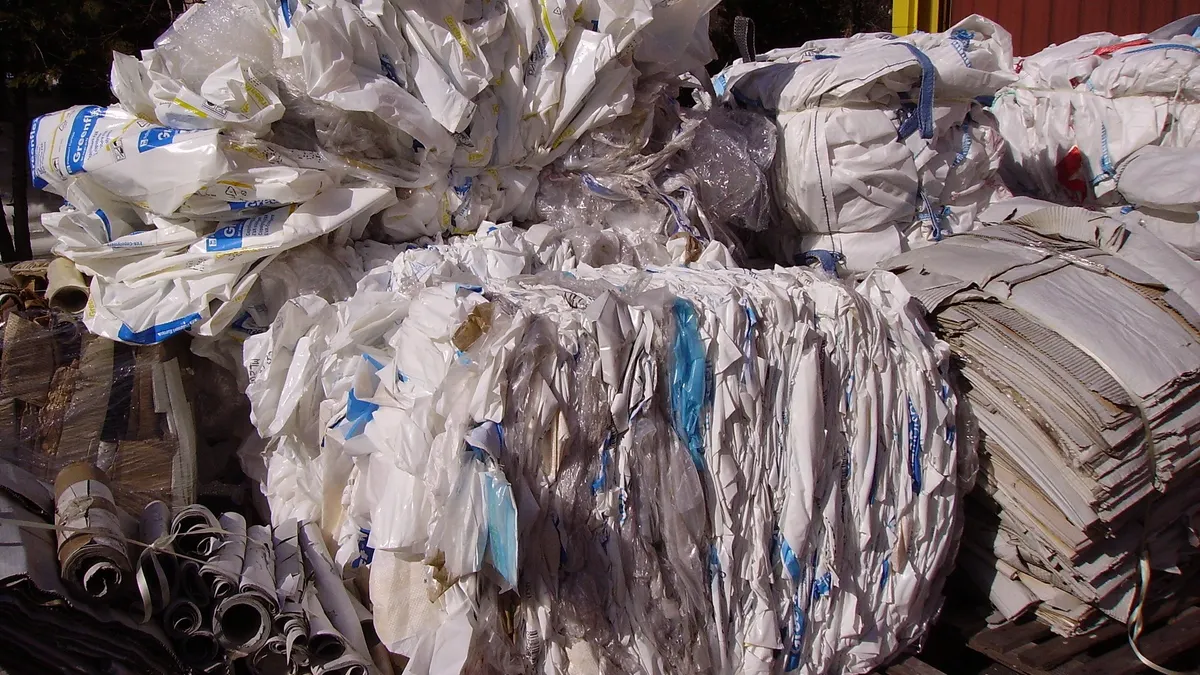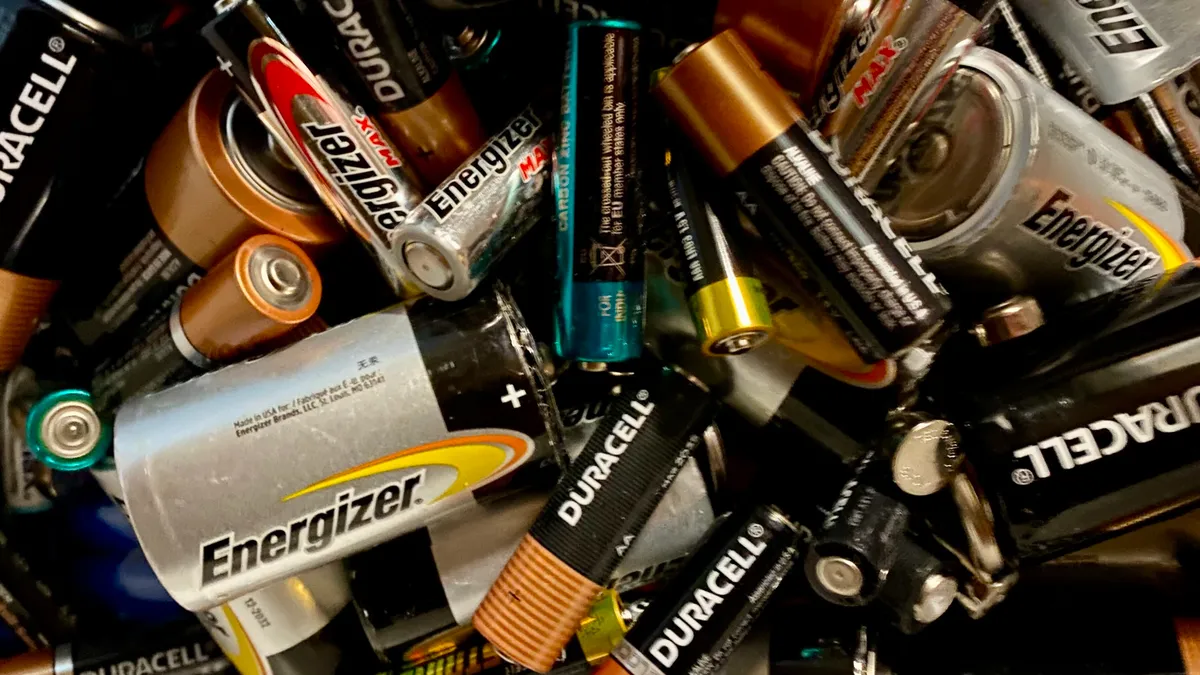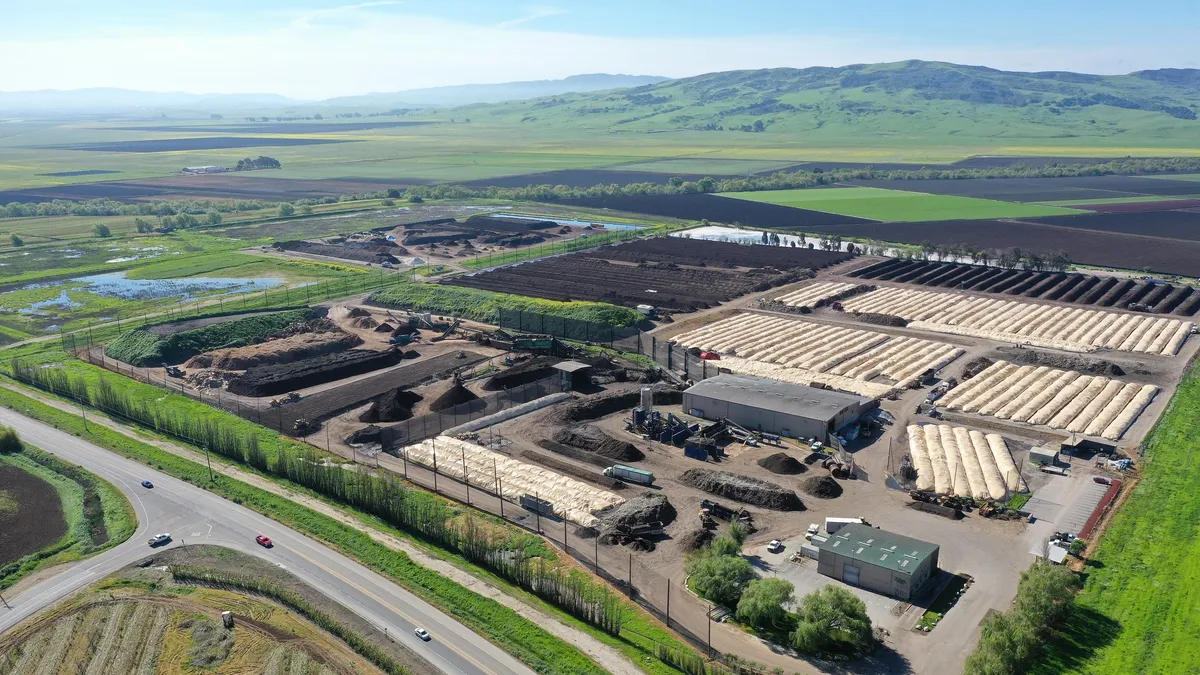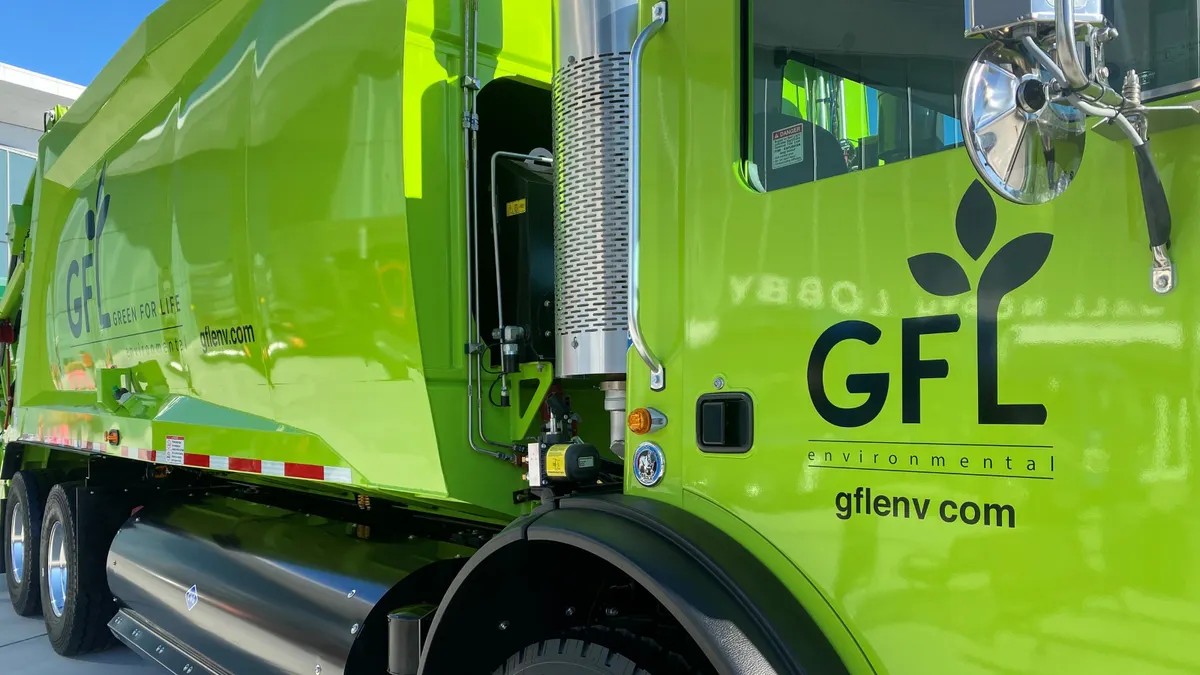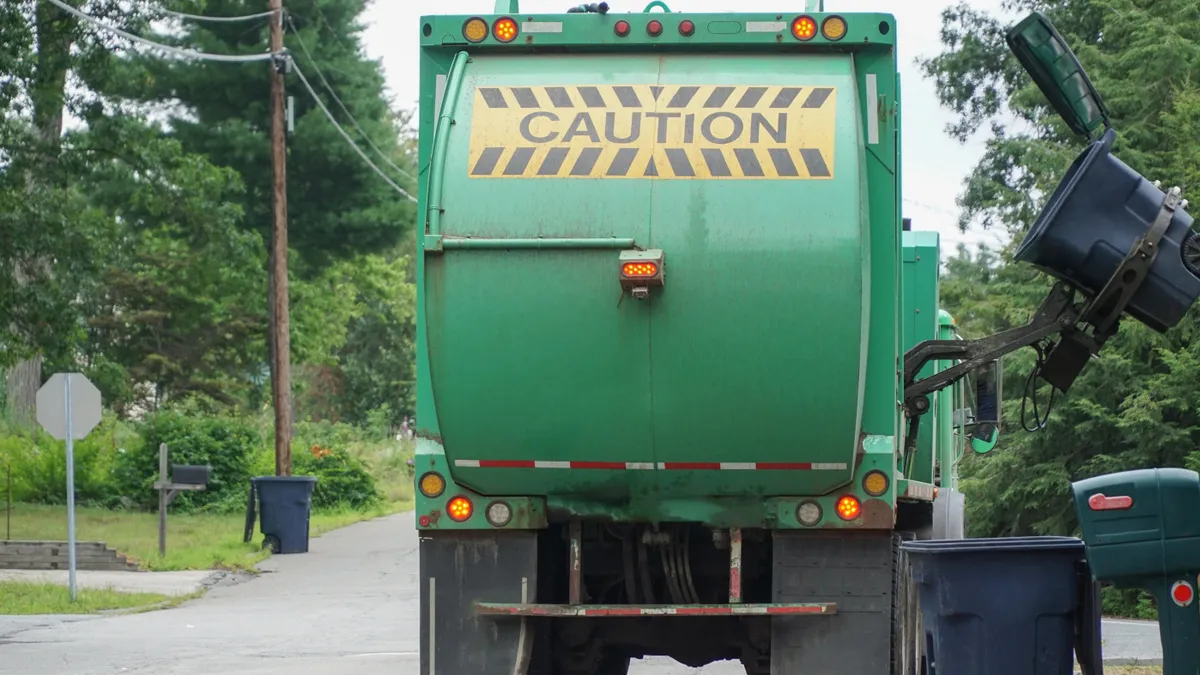Keefe Harrison, founder and CEO of The Recycling Partnership, doesn’t want to wait a century for widespread recycling improvements in the United States.
The nonprofit, now in its 11th year, has made a name for itself by providing grants to communities to bolster curbside recycling access, boost collections and improve processing. Now the organization, funded by major CPG brands, is shifting its focus to state and federal recycling policy and data collection. It’s a strategic pivot Harrison sees as the best way to accelerate widespread recycling improvements.
“I'm so proud of what we built, and now we have grants in hundreds of communities,” Harrison said. “But at one point we looked around and said, ‘If we keep it up, this whole country can have access to recycling in no less than 150 years. And obviously that’s too long.’”
Grant funding will continue to be a key pillar of The Recycling Partnership’s work, but Harrison said the nonprofit has recently taken a more active role in advocating for recycling policies such as extended producer responsibility and other state and federal-level legislation.
Harrison talked with Waste Dive about what’s next for the organization and how policy, tariffs and brands’ roles in the recycling sector will shape the organization’s work for the next few years.
This conversation has been edited for length and clarity.
WASTE DIVE: At the Plastics Recycling Conference this year, you talked about TRP’s shift from mainly doing grants to starting to focus more on driving larger policy change. What does that strategy look like?
KEEFE HARRISON: It's our 11th anniversary this year. When we got started in the beginning, our annual revenue that first year was $880,000. Now you fast forward to hundreds of community grants, of billion pounds of new recyclables.

Working on policy, the world is just so different, and so one of the things I'm most proud about the partnership is we continue to stay fiercely focused on action. And what that means is keeping a keen eye out for how the world is changing, and seeing what the world needs from a nonprofit in this space. Our mission hasn't changed. We're out to overhaul the U.S. recycling system, but the means with which we get there are different.
It means that we need to behave differently in a policy space. The overhaul of The Recycling Partnership really drills us down into our ability to do a few key things. The first is to pass more good policy, and that means EPR, but in some cases, it also means EPR invested [alongside] deposit return systems. We're also really interested in the federal tax code and how we see stronger support for recycling in that.
[The second goal] is implementing that policy from a material-specific perspective. We've had a recycling coalition for film and flexibles for years. We've got numerous grants underway, and more than 50 projects in film and flex underway. But now with policy, we have the chance to get really geography focused. How do you really make it work for California or any of the other states?
We're not going to stop granting communities. But grants aren't our only way that we're making sure that people can recycle and do recycle.
The big shift is that in the beginning, grants were our only mechanism for getting started. When I started the Partnership, I looked for what was the best way to help companies become more responsible for the stuff they produce and reduce the burden on the communities for being ultimately responsible for all of that stuff. Using grants to put corporate dollars to work in local communities was the best way to get started. And there was a real appetite at the time for a kind of rising tide floats all boats. There was more of a kumbaya feeling across the corporate sector of “Yeah, we should do more to make recycling work.”
If you fast forward to today, what we see is that there is more competition and more pressure that policy is putting on companies to say, “Wait a minute, the clock is ticking down on how fast I need to ensure my product can be recycled in a state.” What I love about that is that it becomes time bound. There's attention, but there's also more mechanisms to protect against greenwashing or wishful thinking.
At the same time, we've invested in growing our national database and tracking how 9,000 different communities approach recycling. And that means access: Can people recycle? But it also means behavior: Do people recycle? We get deep into capture rate studies of truly what's coming out of a household, both in their trash and recycling, so you can cut through the noise of sales data and get into what really happens.
What niche do you see TRP serving now, especially as it’s grown and changed alongside other recycling-related organizations over this same period of time?
We ask ourselves, does the world need a nonprofit working in this space? And the answer is yes, we need a nonprofit that's telling the truth about how big this challenge is and to educate policymakers on what good EPR looks like. I believe the world does need more nonprofits that function like The Recycling Partnership: Putting dollars to work to change the status quo, to be something that drives a healthier outcome, both fiscally healthier and an environmentally healthier outcome.
We're not a trade association, so it's not about a certain material or a certain product. It's about the health of the system. We definitely still need a nonprofit that can deploy grant funds to very needy organizations, and in this current environment it's hard to be a nonprofit.
The federal funding cuts hit us too, and not in a good way. Tariffs are putting pressure on companies, and that puts pressure on us. In our conversations with [member] companies, they say they need us to deliver impact. They need us to deliver supply. Recycling is a supply chain, and we can't do that if we're not funded. So when funding cuts come from the federal and from the corporate side at the same time, they get compounded in our budget sheet, and that's really tricky.
Our community grants at large have been our hardest thing to fundraise for. It used to be our leading edge, and it is getting harder to fundraise for that. I think that should be a concerning thing for our whole industry, because the communities who still lack recycling or need recycling expansion do not have the revenue to do it themselves, and there needs to be some change agent to spark these grants.
What kinds of projects are a priority for TRP in this changing political, funding and policy climate?
A good example of how we're maturing the organization is the Film and Flexibles Coalition we started in 2020 and what we’re doing with it now.
We've had enough years under our belt working on driving participation that it was time to start working on specific materials. Changing the access rate of polypropylene was [one project]. Since 2020 we have worked on almost $5 million worth of grants and 26 different projects in 10 states just for film and flex. We had five years of work on what needs to change to make the film and flexible recycling scene work better.
[Recently] we took those years of work and said, “Okay, now, how do we get specific about a specific geography?” We launched CalFlex, which is a program to address film and flexible recycling in California … and it is entirely connected to SB 54 and the mandated targets that are within the bill.
We have more than 20 companies that are signing on to support that work. We've got to be fast and we have to drive toward end markets. We need to use strategic investment in California to quickly ramp up the rate of not just recovery of film and flex, but actually ensuring that old stuff turns into new stuff. We also did a comprehensive gap analysis of film and flexible recycling in California and how to scale it.
We're also active in EPR — anywhere EPR or policy is being discussed, we’re working on it too. We're working with the Association of Plastic Recyclers to bring policymakers to MRFs and to help them see what this is really all about.
We know we can't do all this without policy, but also policy itself is not enough. Passing the bill means we then have to make sure that it's implemented well. Without design for recycling and use of recycled content, it isn't enough either. They're all levers, but not complete levers.
This story first appeared in the Waste Dive: Recycling newsletter. Sign up for the weekly emails here.



